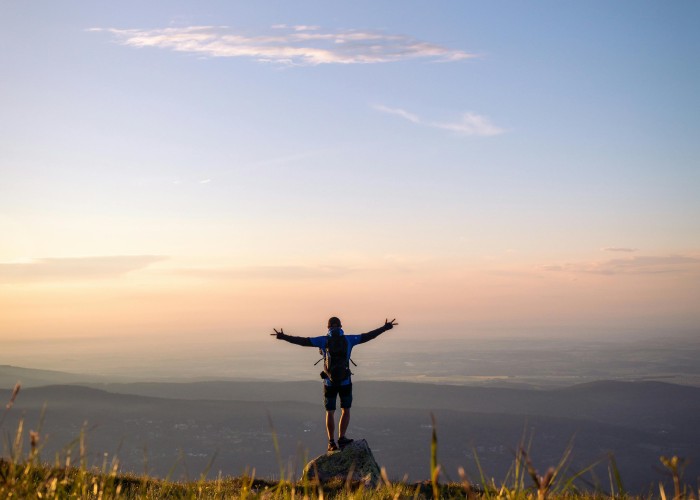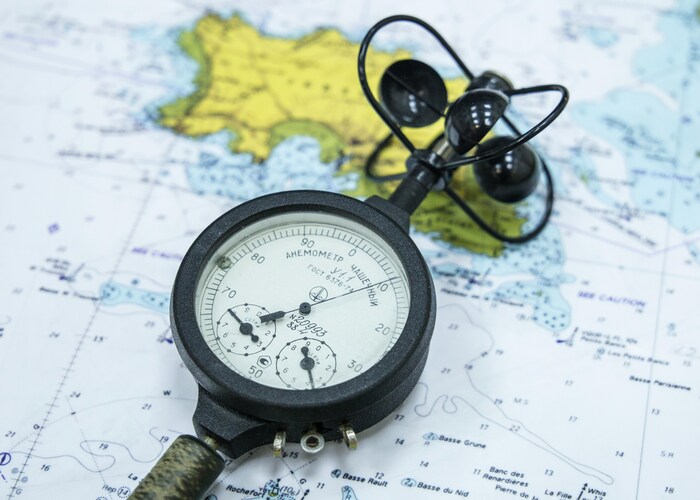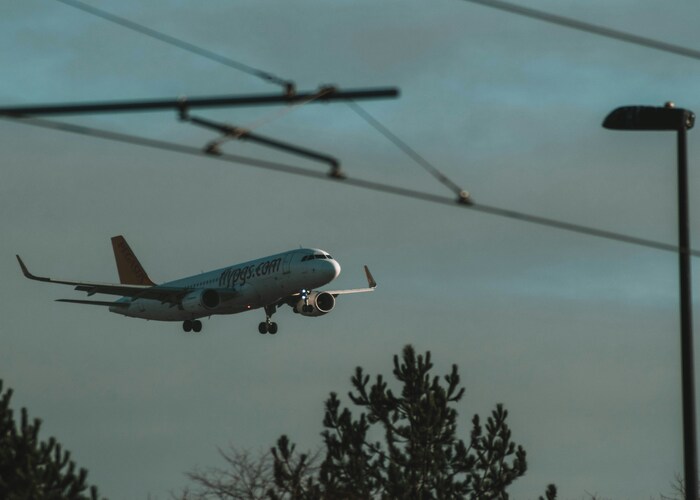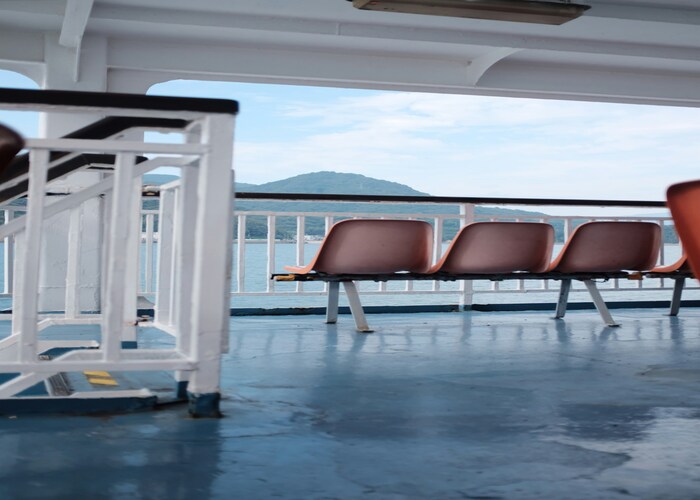The Matterhorn Circuit Trek is a spectacular multi‑day hiking route that loops around the iconic Matterhorn mountain in the Swiss Alps. Covering about 60 to 80 kilometers depending on chosen variants, the trek traverses alpine meadows, high mountain passes, glacial valleys, and traditional Swiss villages. Located in southwestern Switzerland, mostly within the canton of Valais, it circles the Matterhorn—one of the world’s most recognizable peaks—offering close‑up views and a full alpine experience. The Matterhorn Circuit Trek .
It’s famous for its dramatic scenery, well‑maintained paths, and a blend of Swiss nature and culture. Hikers from the USA, UK, Australia, and Germany are drawn to its scenic variety, the precision of alpine infrastructure, and the chance to walk amidst classic mountain landscapes.
Best Time to Visit
Timing your trek matters for comfort and safety.
- Summer (mid‑June to early September): Prime season. Snow has mostly melted, and alpine flowers bloom. Stable weather and open mountain huts.
- Late spring or early autumn (late May or mid‑September): Offers fewer crowds, cooler temperatures, and still‑open huts—but check snow cover on high passes.
- Winter (outside these dates): Not suitable unless you are experienced in ski touring or snow travel. Most alpine paths are closed.
The recommended window is mid‑June to early September for ideal conditions.
How to Reach
Getting to the trail is straightforward and scenic.
By Air
Fly into Geneva or Zurich. From there, take a train to Visp or Zermatt. Swiss rail connections are efficient and scenic.
By Train
Zermatt is car‑free. Trains run from Visp to Zermatt. The Glacier Express also reaches Zermatt from St. Moritz, offering a memorable ride.
By Road
You can drive to Täsch and park there, then transfer by shuttle train to Zermatt. From Zermatt, the trek begins—no cars in Zermatt center.
Entry Fees and Permits
There is no permit or entry fee required to hike the Matterhorn Circuit itself. Trails and alpine huts are part of the public network. However:
- Alpine hut overnight stays cost money—subject to change, and usually modest.
- Swiss public transport (mountain trains, cable cars, buses) may carry fees.
- Always carry some Swiss francs or card for incidental charges like meals or hut stays.
Food Availability and Meal Options During the Trek
You have several convenient options on the trail:
- Alpine huts (berg‑hütten): Offer dinner and breakfast—simple but hearty meals such as soups, pasta, local cheese, bread, and tea.
- Village eateries: In places like Zermatt, Täsch, or surrounding valleys, you’ll find bakeries, cafes, and restaurants for diverse meal choices.
- Self‑sufficient food: Carry snacks like nuts, dried fruit, energy bars, and sandwiches for daytime needs.
- Water sources: Springs and streams are common. Treat water before drinking with purification tablets or filter systems. The Matterhorn Circuit Trek .
Packing List and Essentials
A smart kit keeps the trek enjoyable and safe:
- Comfortable, broken‑in hiking boots with ankle support
- Breathable, quick‑dry clothing (layers for warmth)
- Waterproof shell and warm mid‑layers (temperature drops at altitude)
- Hat, gloves, and sunglasses
- Trekking poles for stability on steep or rocky terrain
- Daypack (20–30 L) with rain cover
- Water bottles or hydration bladder (1.5–2 L capacity)
- Purification method for water (filter or tablets)
- Snacks, energy bars, and high‑calorie items for long stages
- Basic first aid kit (blisters, pain relief, antiseptic)
- Sun protection: sunscreen and lip balm
- Map, compass, or GPS (although paths are well marked)
- Mobile phone and power bank
- Headlamp for late arrivals or early starts
- Lightweight gear to pull for overnight stays—sleeping bag liner if needed for huts
Safety Tips and Local Regulations
Staying safe ensures a pleasant trek:
- Trail signage: Follow red‑white painted markers—stay on marked paths.
- Weather watch: Alpine weather shifts fast. Check local forecasts daily.
- Altitude awareness: Some passes reach over 3,000 meters. Watch for altitude discomfort.
- Trail surfaces: Rocky, steep, or slippery terrain appears—take care, especially after rain.
- Emergency help: Dial 112 in Switzerland for urgent rescue.
- Local rules: Respect nature—no littering or camping near huts. Stick to permitted areas.
- Wildlife and environment: Don’t disturb animals. Take care in high‑flower meadows.
- Alpine huts etiquette: Book ahead in peak season. Shower and clean light.
Tips for Beginners or First‑Time Visitors
New to alpine trekking? Here are helpful ideas:
- Start small: Try a shorter loop or single‑day hike around Zermatt to get used to elevation.
- Train uphill: Practice on hills or stairs to build stamina.
- Pace yourself: Allow time for breaks and savor the scenery.
- Stay in huts: They offer rest, warm meals, and social atmosphere.
- Clear itinerary: Know your daily mileage and hut locations, and share your plan with someone back home.
- Acclimatize if needed: Spend a night in Zermatt before starting to adjust.
Local Customs or Cultural Etiquette
Respecting local culture enriches the journey:
- Greet hut wardens and locals with polite German or French greetings, like “Gruezi” (Swiss German) or “Bonjour”.
- Observe quiet hours in huts and villages—hush after lights‑out, usually around 9 or 10 pm.
- Tipping is not mandatory but rounding up if you liked the service is appreciated.
- Share tables in huts—it’s common and friendly.
- Stay on trails to protect alpine flora and ecosystems.
- Keep any noise low in villages and huts—it’s part of respecting local tranquility.
FAQ Section (High‑Search Terms for SEO)
How long is the Matterhorn Circuit Trek?
Typically 5 to 7 days, depending on pace and route variants.
What is the difficulty level?
Moderate to challenging. Some steep ascents and high passes are involved, but no technical climbing is required.
What is the altitude range on the trek?
Valley floors are around 1,600 meters, while passes can climb above 3,000 meters. The Matterhorn Circuit Trek .
When is the best time to hike the Matterhorn Circuit?
Mid‑June to early September offers the best weather and open facilities.
Are restrooms available along the route?
Yes. Alpine huts and mountain villages provide toilet facilities. In huts, expect basic but clean conditions.
Is camping allowed?
Wild camping is generally discouraged. Staying in marked huts or nearby lodges is the norm and safest.
Do I need a guide?
Not essential. The trek is well way‑marked. However, beginners may benefit from a guide or going with a small group for confidence and safety.
Can I refill water during the trek?
Yes. Fresh mountain water is often available at huts or streams. Always filter or purify before drinking.
How do I reach the trail start?
Fly into Geneva or Zurich. Take a train to Zermatt via Visp. Zermatt is the main base for this trek; no cars are allowed in town. The Matterhorn Circuit Trek .






Leave a Reply